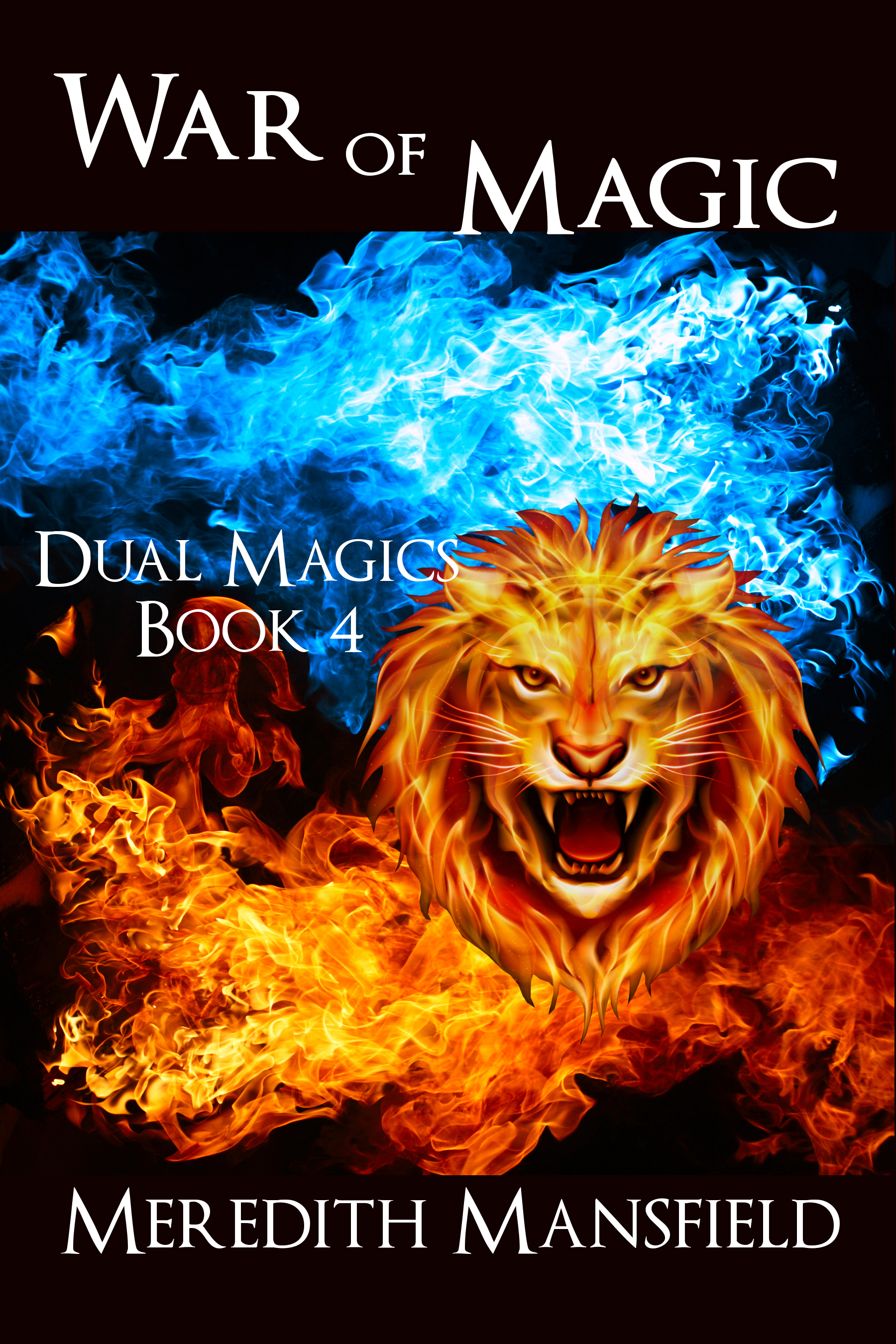This actually has more than one meaning. One of the important meanings is knowing when to stop editing. You can kill a story with too much editing. My first novel, THE SHAMAN’S CURSE suffers from this. In places, the writing lost all life. It’s just words, no sparkle. The only cure for that story will be to rewrite it, probably completely from scratch. That won’t happen until I get a better handle on exactly what kind of stories my authorial voice is best suited to. If it’s going to be Young Adult, well, there are more things than the writing that will have to change.
Ever since realizing the problem I’d created for THE SHAMAN’S CURSE, I’ve tried to stick to three drafts. First draft, get the story down. Second draft, fix the things I know I left out or didn’t give enough time to in the first draft. Make it as good as I can. Then get some readers. Third draft, revise based on those critiques. And stop there. Move on to another story, ’cause I’m not going to make this one any better by beating it to death.
The other meaning of knowing when to stop is, of course, knowing when the story ends. Usually, I don’t have too much trouble with this. When the main conflict is resolved, take a little space for denoument and get out gracefully. I think I failed to do that in MAGE STORM, though. It goes on too long after the climax. I should let a couple of small subplots resolve and then stop. So, as I work on the third draft, I’m expecting to cut quite a lot from the ending. That’s probably going to save it in terms of length, because it’s creeping up past 60,000 words, now.
Some of what I cut may actually end up being the beginning of the sequel. That’s where what happens next to these characters really belongs anyway.
Happy Thanksgiving.








I envy you your 60,000 words. Mine is creeping past 100,000. Ready the axes!
Good thing the Mage Storm world is rife with possible sequels.
LikeLike
Complete at 58,000 words. But it’s middle grade, not YA.
I’ve already got ideas for two sequels. Have to sell MAGE STORM first, though.
LikeLike
True, that–but having solid ideas for sequels could help sell the first one. 🙂
LikeLike
One’s pretty solid–not that I’ve outlined it or anything like that. But I know the back story of the new character (the antagonist), the beginning, the climax, and the ending.
The other is sort of, “Well, that would leave them with this other problem to solve, wouldn’t it?” But it’s not far enough along that I could say that I know the antagonist or the major conflict, yet.
LikeLike